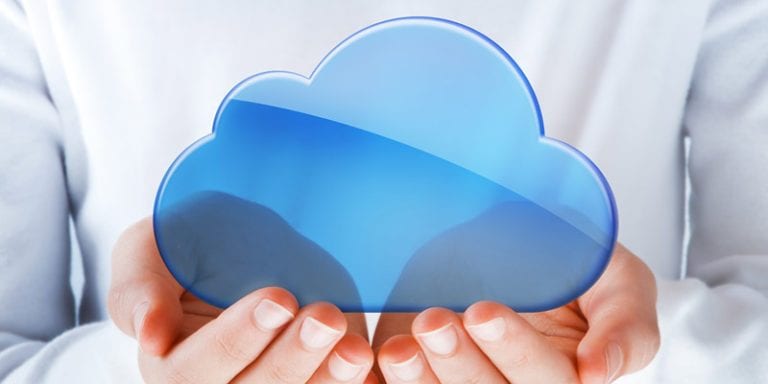In the past, many businesses would follow a traditional approach in regard to siloing their human resources (HR) and their payroll responsibilities into two separate entities. While that may work for some organizations, many others are looking into the benefits of what combining payroll and HRIS technology will do for them.
We live in a world where organizations of all sizes are producing, collecting, sharing and storing their most important business-critical data in various ways which is then used to stay competitive in their respective marketplaces.
As payroll systems and HR share a lot of the same data, wouldn’t it make more sense for organizations to look into combining these two technologies into one single, automated solution?
The benefits of combining payroll and HRIS
1. Reducing administrative time constraints and burnout
If you aren’t employed in this line of work, you may not have any idea of how much time HR professionals spend doing routine, repetitive data entry tasks. This repeated activity stifles their opportunities to focus on more productive ideas and strategies.
They could spend more time thinking about how to improve their employee onboarding tactics, recruitment initiatives and/or payroll processing operations.
With a combined, single system for both payroll management and HRIS, a company’s most important business-critical data is accessible and moved around at a click of a button.
The data belonging to the areas of benefits administration, payroll, taxes, staff reviews and more are all consolidated, making it easier for managers and administrators to focus on the bigger picture for their organization.

2. Saving trees
The data compiled over time from HR operations such as applicant tracking, benefits management, onboarding and more for new and current employees can create an abundance of paperwork, which in turn can potentially overwhelm the administrators in charge of it all.
Also, we should all be aware of the environmental impact that paper production has on the trees of the planet.
By integrating payroll with these modules, this enables managers and administrators access to applicable information through one shared database. With all info organized and readily available in the cloud, the use for paper is dramatically reduced.
Scenario:
An employee of a company wants to add critical illness insurance as part of their benefits package. Once they make that selection, and the new information is updated within HR, it will then take that info and automatically make the required changes to that person’s payroll simultaneously.
This removes the need for additional paperwork… thus, saving trees!

3. Simplifying employees’ ability to access the information that matters most to them
By combining payroll and HRIS, organizations who utilize employee self-service technologies, such as an employee portal, are noticing efficiencies created that benefits their employees.
These employees can access their information quicker for PTO accruals, sick time, payroll, benefits, and tax-deductions, to name a few. Greater employment satisfaction is more attainable when they can access the data that matters most to them in a timely matter without having to rely solely on HR or their manager for it.
This also helps cuts down the admin hours needed to help struggling employees find what they are looking for.
4. Enhancing security and ensuring accuracy
When organizations are using more than one technology solution to address their varying needs, it can get messy quick. When you have multiple people inputting the same information across a spectrum of applications, the risk for inaccuracies increases. These inaccuracies create time constraints which will result in lost money fixing these issues when they arise.
To add to that, organizations who use more than one cloud-based solution for their needs are at higher risk for potential security breaches.
Why?
People are human… that’s obvious. They make mistakes all the time that can cost companies thousands to millions of dollars in damages if they leave access to their software vulnerable. With fewer hands inputting data across multiple platforms, the less likely a security risk will arise.
With your payroll and HRIS data stored in the cloud, in a single system, organizations will have better control over sensitive data such as Social Security numbers, compensation, benefits and address information.
Related reading:
Adding Strategic Value to an ERP Software Sale
How Arcoro can Help You Leverage More ERP Sales
Why ERP Partners Should Add a Human Capital Mangement Platform Within Their Sales Portfolios
How to Sell ERP Solutions to Tech Pros and Their C-Suite Superiors
No, an ERP System is not the Same as a Dedicated HCM Platform
Integrating Sage 100 and 300 ERP with the Arcoro HCM Platform
The Arcoro platform offers ERP consultants and payroll service providers the scalable solutions they are looking for most such as Payroll and a full Human Capital Management platform in one single solution. The HCM platform includes the following modules:
- Payroll
- Applicant Tracking
- Benefits Management
- Employee Self-Service
- Performance Management
- Reporting
- Surveys
- Talent Management
- Time and Attendance
- Time-Off Tracking
- Workflow Management
- EZSign (electronic signature)




